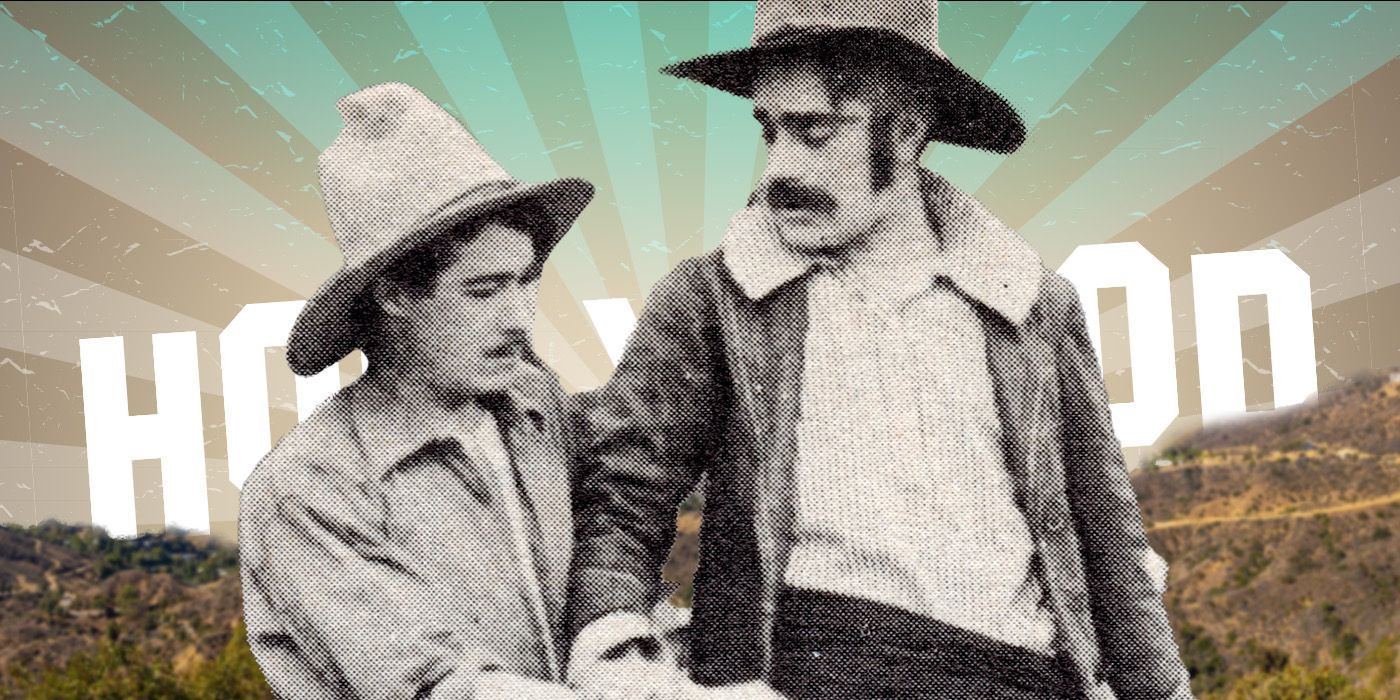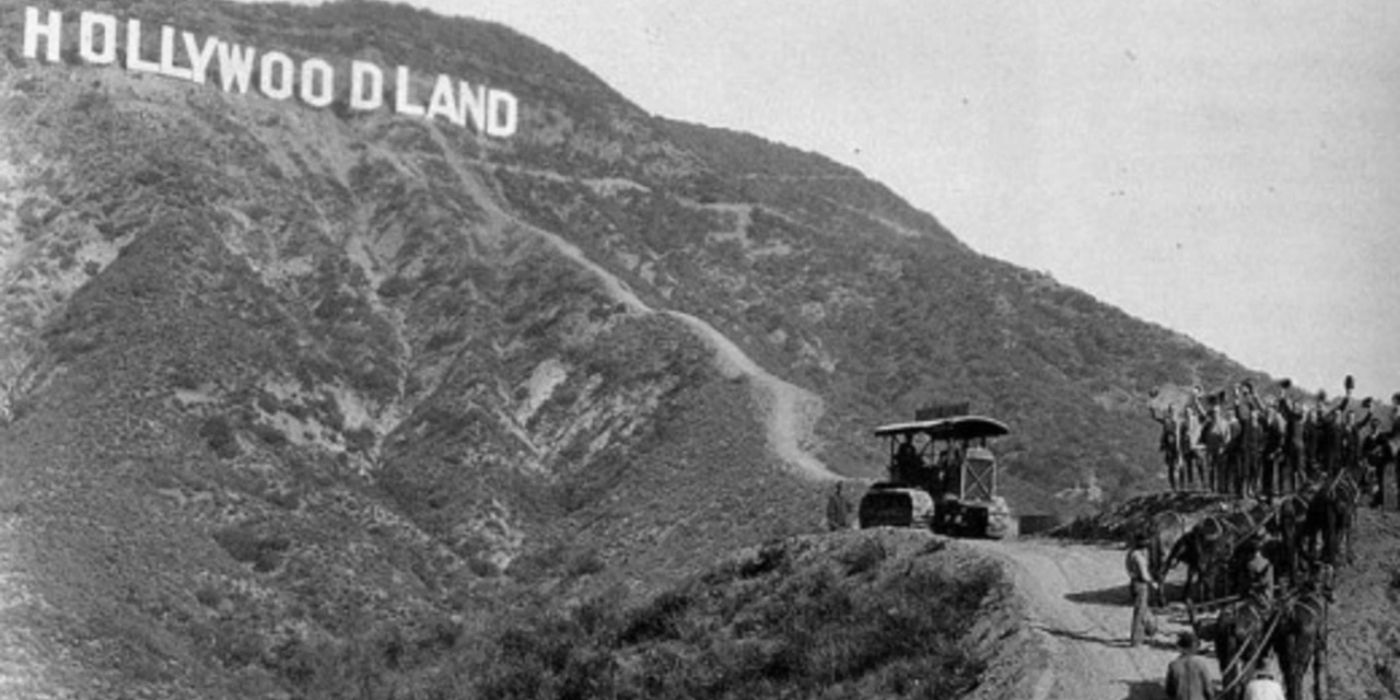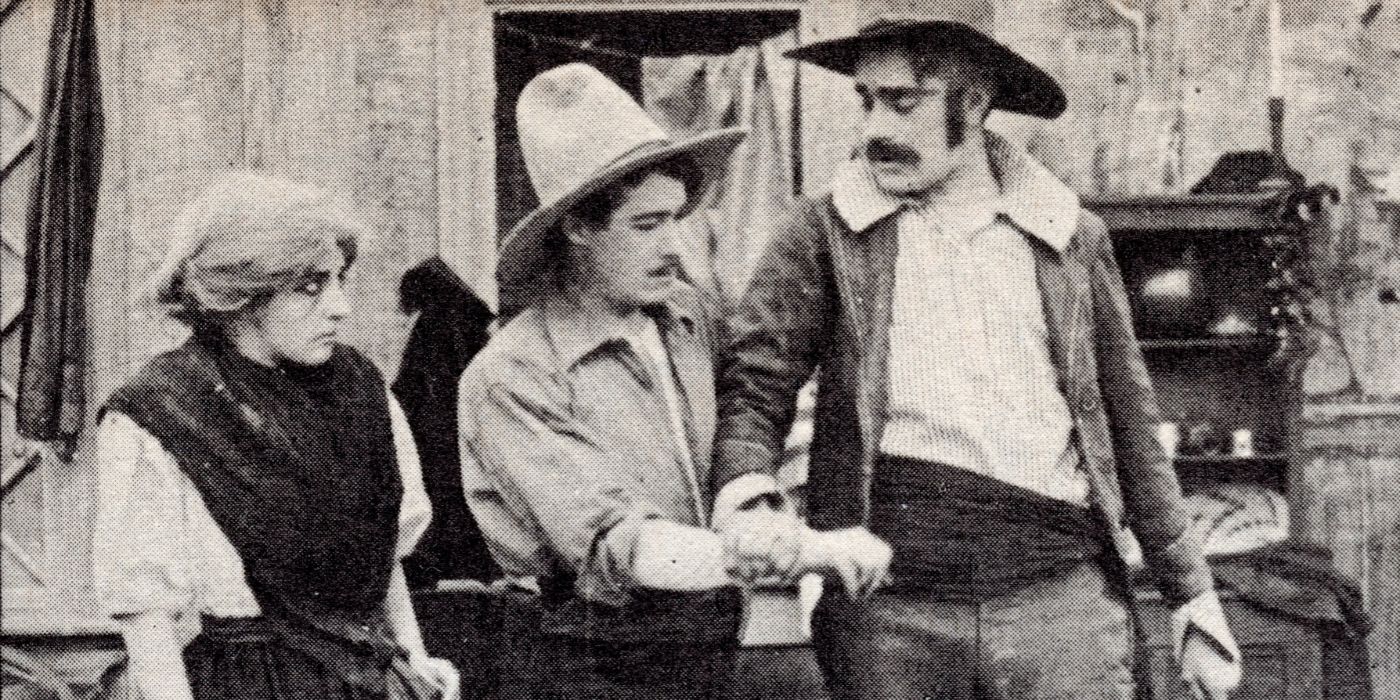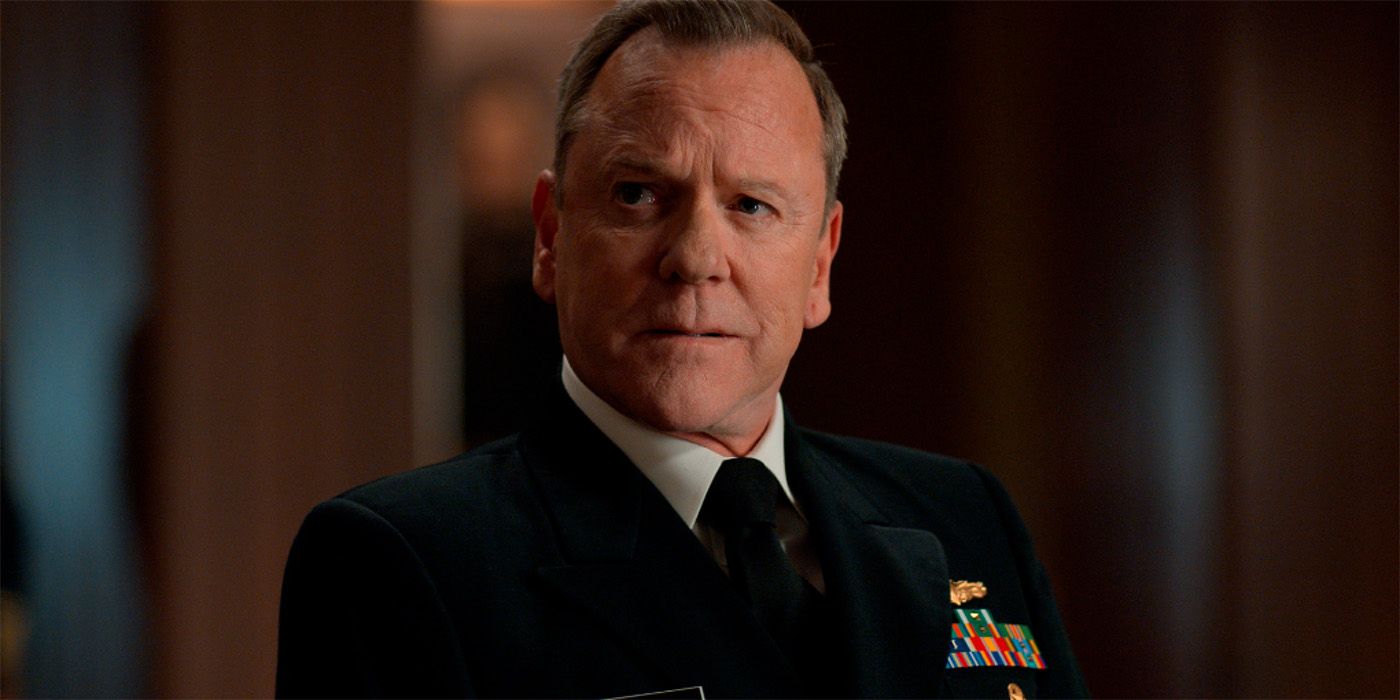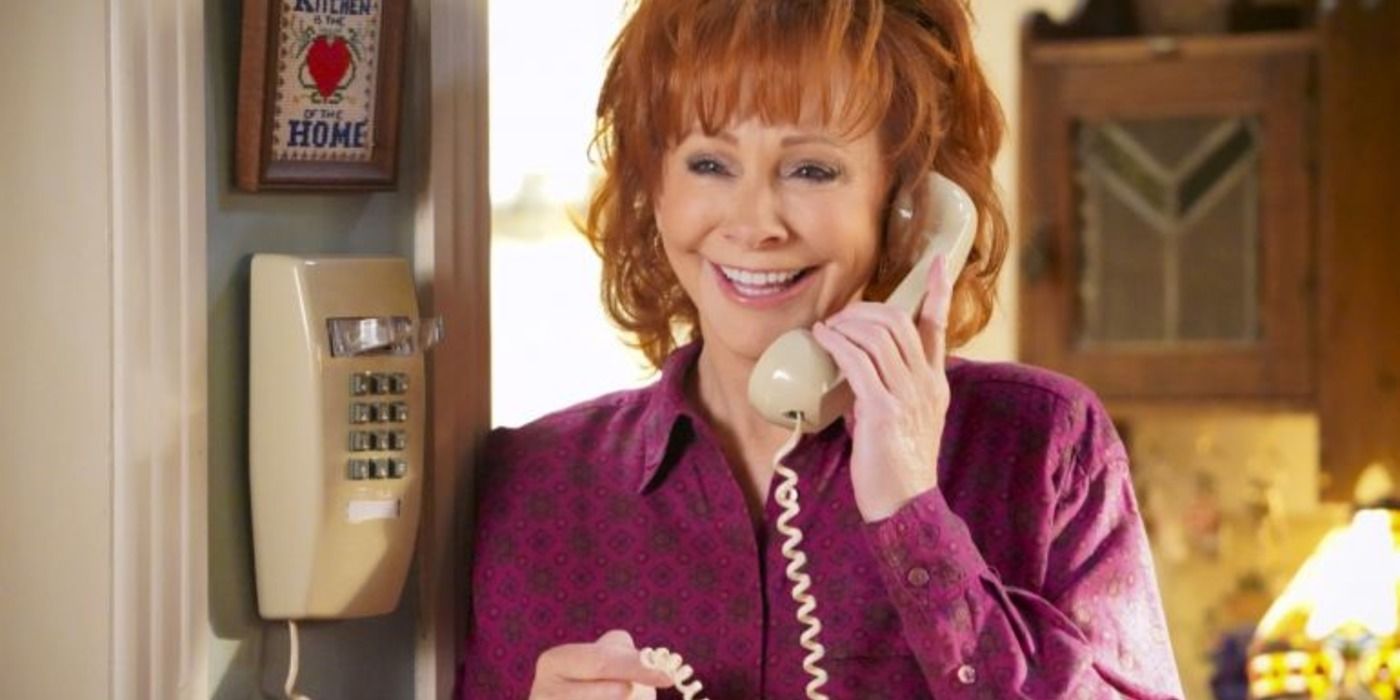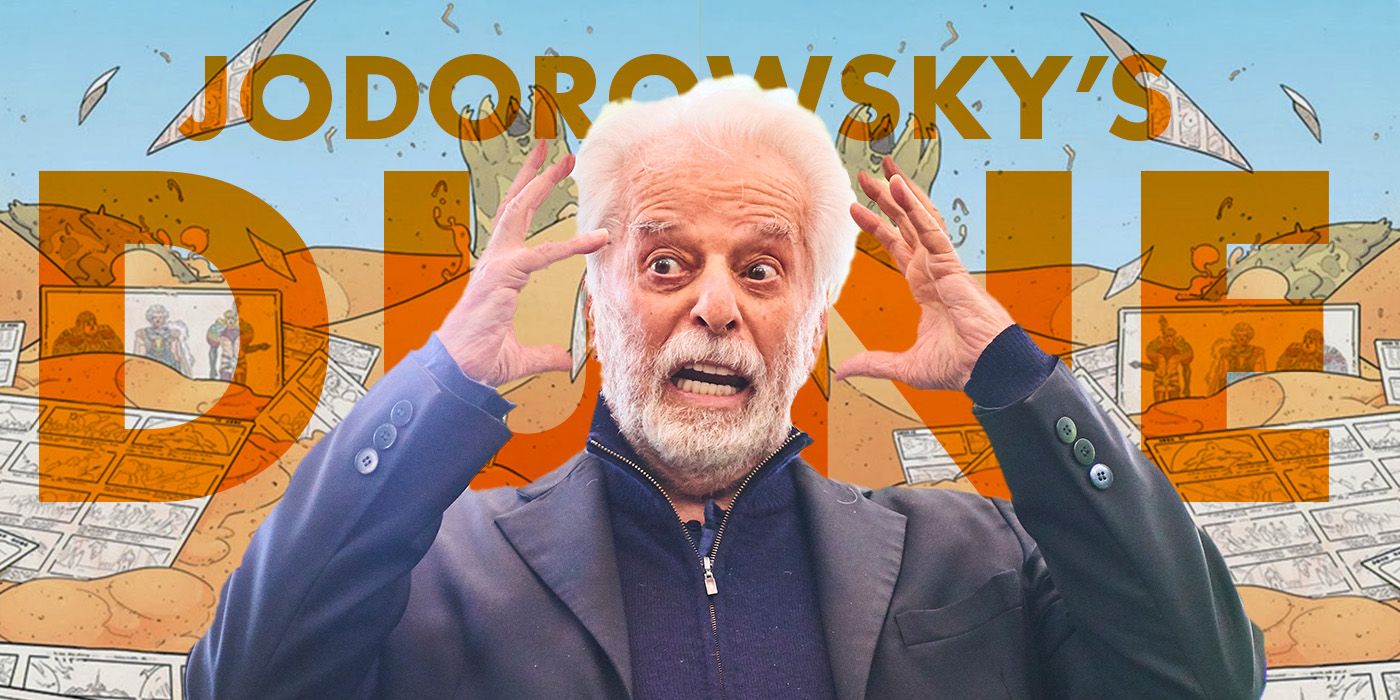The Big Picture
- The Hollywood movie industry started with the silent Western film
In Old California
directed by D.W. Griffith, inspiring a legacy of filmmaking. - The film was a groundbreaking achievement, shot outdoors with advanced cinematography techniques for its time.
- Though most prints and negatives of
In Old California
have been destroyed, it remains an essential film in the history of cinema.
It’s hard to imagine a time when Hollywood didn’t exist. So many people spend hours upon hours indulging in the television series and films that it produces. It is a place intimately woven into the fabric of our everyday lives. Hollywood has made some of the most impossible dreams real, and those dreams have inspired millions. Hollywood films have given audiences hope in a bleak time, or at the very least, have helped keep boredom at bay. Hollywood is a legendary place full of magic and mystery, and it all started with a silent Western film called In Old California, directed by the legendary director D.W. Griffith.
In Old California
An historical dramatization of a Spanish woman during the reign of Spanish and Mexican owned California in the early 19th century.
- Release Date
- March 10, 1910
- Director
- D.W. Griffith
- Cast
- Frank Powell , Arthur V. Johnson , Marion Leonard , Henry B. Walthall
- Runtime
- 17 minutes
- Main Genre
- Drama
‘In Old California’ Started a Legacy of Filmmaking
In Old California was released in 1910 and was the first film to be shot in Hollywood, California. The film runs only 17 minutes long and predates Cecil B. DeMille‘s feature film The Squaw Man (1914), which had been previously identified as the first feature film shot in Hollywood. In fact, Griffith’s film is technically the first shot of any length in Hollywood. The filmmaker had discovered the village of Hollywood on his many trips through California. Griffith fell in love with the beautiful town and its friendly people. The weather is fantastic, sunny, scenic and reliable. It’s a filmmaker’s dream. Naturally, he decided to make a movie there.
Griffith’s film was to be a melodrama about the Mexican era of California, sometime before Mexican independence in 1822. It would showcase California’s natural beauty, tall trees, and mountainous terrain, all shot under the clear California sky. The plot is simple enough: A young woman inherits her father’s land but must protect it from a group of selfish and degenerate men who want to take it from her. The film stars Marion Leonard as the beautiful Spanish señorita Perdita Lergnello. Jose Manuella, played by Frank Powell, is deeply in love with her, but upon finding that she has been promised to the loathsome reprobate, Pedro Cortez (Arthur V. Johnson), he surrenders his claim to her. Twenty years later, Perdita’s life has taken a turn for the worse, with her degenerate husband drinking away her father’s money in a local tavern. Jose is, by contrast, doing much better, as he is now the Governor of California. She begs her former lover to help make a life for her son, credited only as Perdita’s Son and played by Henry B. Walthall. He is much the same as his father, displaying the same boorish and low-class attitudes toward life. In the end, Perdita dies a happy woman, knowing that her son has turned his life around. It’s a heartbreaking story about a mother’s love, and it all goes down in such an impressively short 17 minutes.
‘In Old California’ Was a Ground-Breaking Film
In Old California was a short film that left a legacy of movie-making in its wake. Thomas Ince, an American silent-era filmmaker, produced it. According to Marc Wanamaker’s book The Movie, Ince has sometimes been called “The Father Of Westerns” and made over 800 films. Based on a script written by screenwriter Stanner E.V. Taylor, the film went into production in 1910. It took place at a tiny studio in the Edendale neighbourhood of Los Angeles. The film was shot in just two days.
In Old California was a monumental technical achievement for its time. Griffith took advantage of California’s stable and favorable weather to make his film work. Unlike many of the films at the time, this one was one of the first to be shot outdoors. Films, at this point, typically took place inside studios where the director had total control over the environment. Film is costly and re-shooting scenes was challenging to do, so shooting on a stage was common. Griffith helped change all that. The film also features ground-breaking cinematography provided by G. W. Bitzer. Griffith used multiple camera angles, close-ups, and cross-cutting techniques to create suspense and drama, which were relatively new for the period. These would later become standard textbook filmmaking techniques.
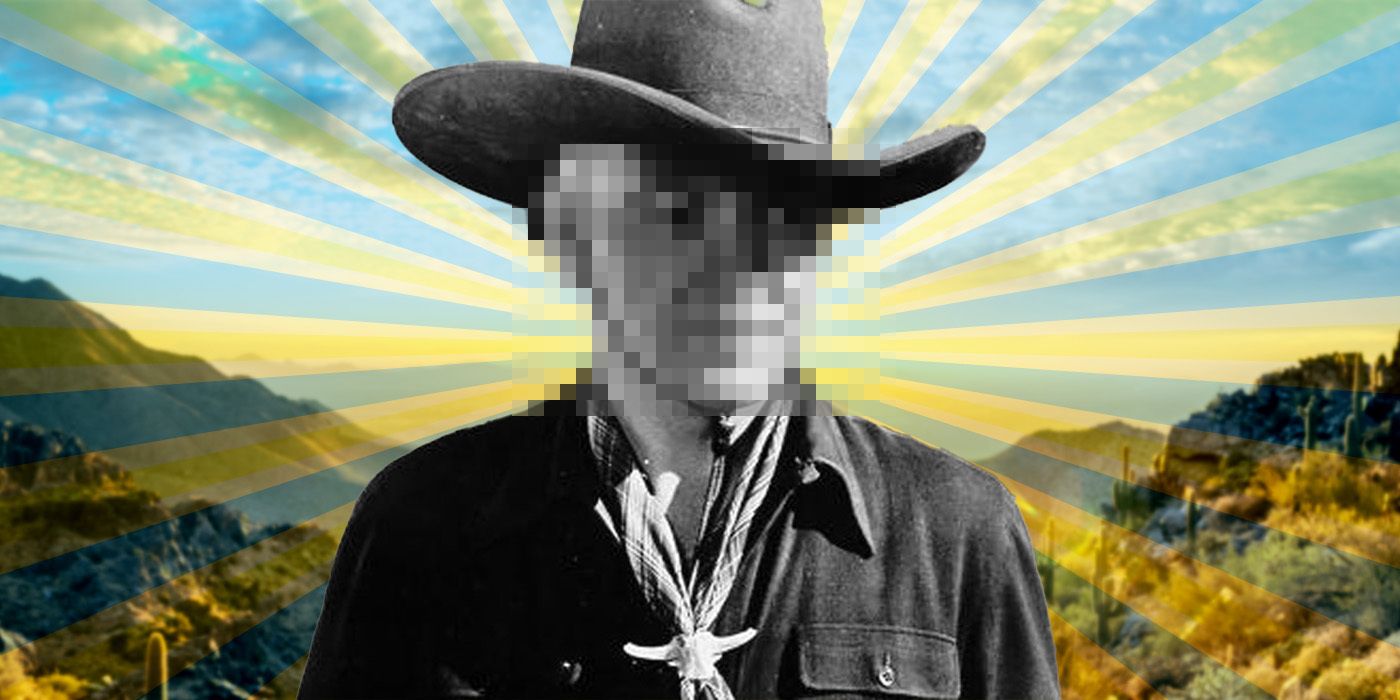
The Western Actor Who Played the Same Role in the Most Movies
You’ve probably never heard of this Western star…
Do Prints of ‘In Old California’ Still Exist?
Most people have never heard of the film In Old California, and with good reason. Many of the prints and negatives have all been destroyed. It is, after all, well over a century old, and there is little of a market for ancient short films. There isn’t much information regarding how well the film was received or what audiences thought about it. As a result, the film was subsequently lost to the sands of time, but it nevertheless remains an essential film in the pantheon that is film history. Without this production, we likely wouldn’t have the movies we have today.
In Old California has, in some respect, received its flowers. The National Film Registry was able to preserve the film. On May 6, 2004, the Hollywood Forever Cemetery erected a monument to Griffith at 1713 Vine Street, just north of the famous Hollywood Boulevard. There, they held a public film screening during the Beverly Hills Film Festival. It was the first time anyone had watched the film in almost a century. However, something magical happened at that festival — over a century of filmmaking was on display, two ends of time now neatly bound.
It is a beautiful and essential thing to know one’s history. It is how we as humans orientate ourselves and understand how we got here from there. Art and culture are some of the crucial transmitters of collective history, of which there may be no more giant transmitter than that of film save for literature. In Old California is the beginning of that story. It is part of the DNA of American cinema and storytelling and its legacy has long outlived the celluloid it was etched into. Unfortunately, the film has not yet been digitized for modern audiences to enjoy. In some ways, though, that’s not a bad thing. The film can retain some mystery — a lost treasure of a bygone age that will compel a new generation of filmmakers to continue to dream.

